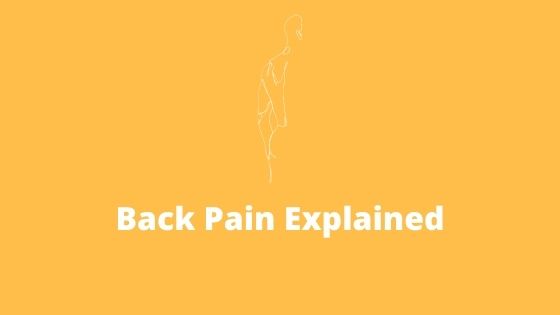Low back pain is the most common, most disabling and most costly health condition in Australia. The quality of life of some 31% of Australians is affected by low back pain.
Chiropractic care when combined with exercise has been shown to be effective in managing low back pain.
Your lower back is made up of the pelvis and sacrum, which are connected together by the sacroiliac joints and the lumbar vertebrae that are stacked above the sacrum. In between each of the vertebrae you have a disc that allows movement of the spine and also acts as a shock absorber. Spinal nerves pass between each of the vertebrae to supply messages from the brain to the abdominal organs and legs, and back again.
As Chiropractors, one of the most common causes of low back pain that we find is misalignment and a loss of normal functional movement of the spine. This may start to irritate the nerves that come off the spinal cord leading to dysfunction. Chiropractors call this a vertebral subluxation complex, or a subluxation for short. These subluxations may be caused by a history of knocks and falls, heavy lifting, work environments and ergonomics.
Though not as common, there are still many other causes of low back pain that we see as well. These may include damage to the discs, piriformis syndrome, sacroiliac syndrome, stenosis or tumours. That is why it is important that an accurate diagnosis is made before any care for low back pain is commenced.
One of the questions we often get asked in our practice is if the presenting problem is a muscular issue or a spinal problem. The answer is you cannot have one without the other. If the spine is not moving or functioning properly, the nerves become irritated and the muscles then become involved by going into spasm to protect against that injury.
Chiropractic care focuses on adjusting these dysfunctioning spinal joints to reduce the irritation on the nerves, which then allows the body to function more optimally. We will also include rehabilitation exercises to help strengthen the affected areas.
References
- Vos, T., Flaxman, A. and Naghavi, M., Years lived with disability (YLDs) for 1160 sequelae of 289 diseases and injuries 1990–2010: a systematic analysis for the Global Burden of Disease Study 2010. Lancet, 2012. 380: p. 2163–2196.
- Hoy, D., et al., The global burden of neck pain: estimates from the Global Burden of Disease 2010 study. Ann Rheum Dis., 2014. 73(7): p. 1309–1315.
- Murray, C.J.L., et al., Disability-adjusted life years (DALYs) for 291 diseases and injuries in 21 regions, 1990–2010: a systematic analysis for the Global Burden of Disease Study 2010. The Lancet, 2012. 380(9859): p. 2197–2223.
- AIHW. CAT. NO. PHE 67(Arthritis series 1). Arthritis and musculoskeletal conditions in Australia 2005, 2005 [cited 2016 June 3]; Available from: http://www.aihw.gov.au/publication-detail/?id=6442467774.
- Goertz, C.M., et al., Adding chiropractic manipulative therapy to standard medical care for patients with acute low back pain: results of a pragmatic randomized comparative effectiveness study. Spine (Phila Pa 1976), 2013. 38(8): p. 627–634.
- Hidalgo, B., et al., The efficacy of manual therapy and exercise for different stages of non-specific low back pain: an update of systematic reviews. J Man Manip Ther., 2014. 22(2): p. 59–74.
- Balthazard, P., et al., Manual therapy followed by specific active exercises versus a placebo followed by specific active exercises on the improvement of functional disability in patients with chronic non specific low back pain: a randomized controlled trial. BMC Musculoskelet Disord., 2012. 13: p. 162–162.
- Bronfort, G., et al., Supervised exercise, spinal manipulation, and home exercise for chronic low back pain: a randomized clinical trial. Spine J, 2011. 11(7): p. 585–598.


Recent Comments